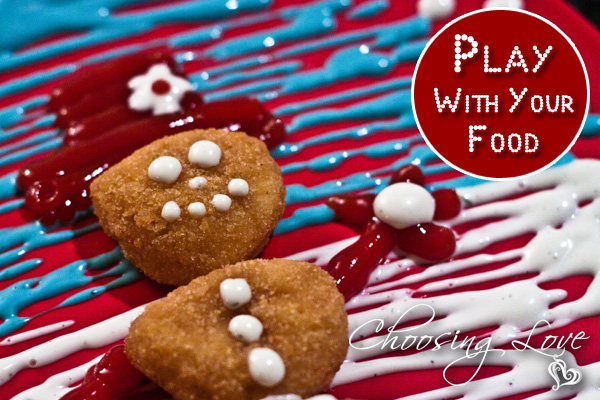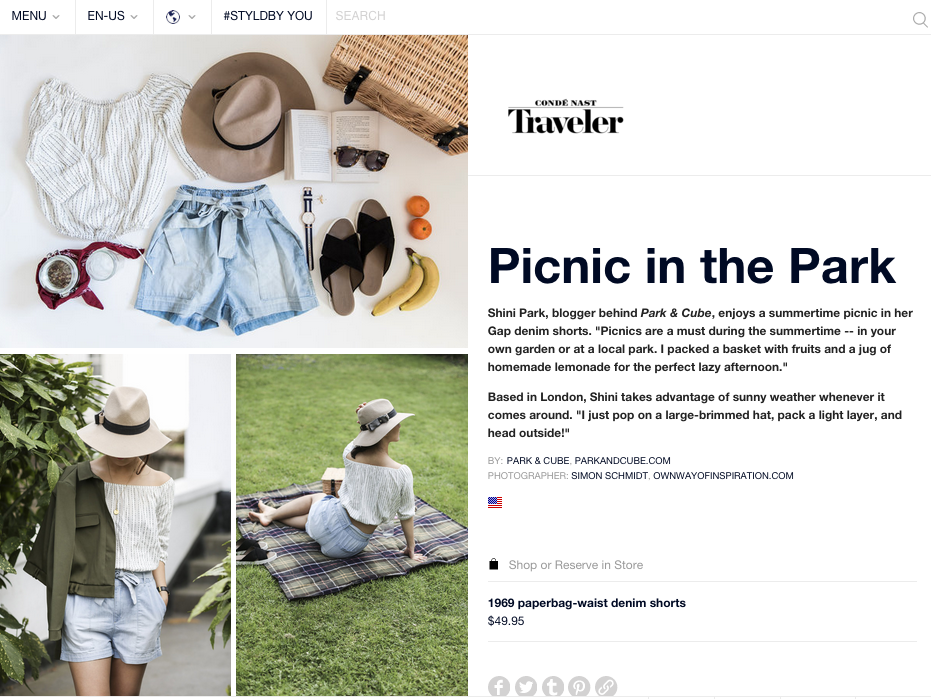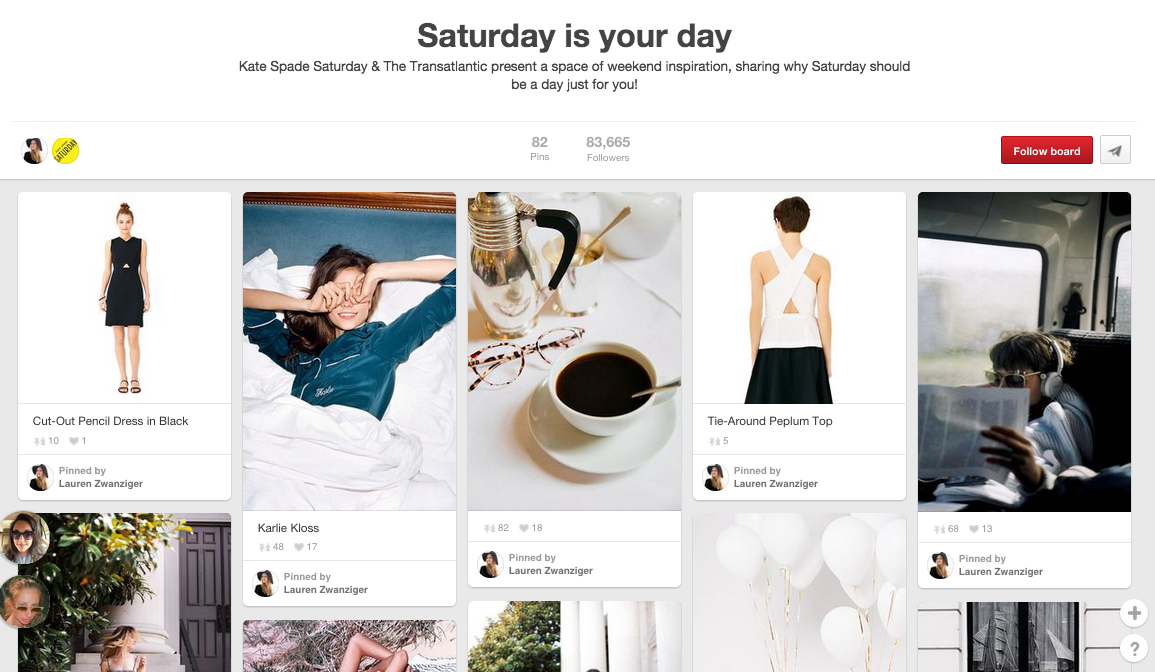By Lauren B. Mangiaforte • NewsCred Blog • May 22, 2015
60% of marketers are planning to boost their influencer marketing budgets this year. That's a pretty hefty percentage, and the newcomers are joining the ranks of major brands like Buick and Disney who have been experimenting with influencer marketing for sometime.
But, what is an influencer? Today's definition in the content marketing space covers a lot of ground: it can mean anyone and anything from Kim Kardashian promoting a national brand in a Super Bowl commercial, to a mommy blogger reviewing a locally based meal prep service, to a fashion Instagrammer live-posting from Fashion Week. While we tend to think of influencers in the digital content space as people who have a certain number of blog or social media followers, the definition is much more elastic than that.
Brands are starting to understand that finding the right influencers is, perhaps, more important than finding the biggest one. Sure, you can get Kim Kardashian tweeting for you and pay her a zillion bucks to do it. But think: are you really reaching the most targeted audience? Once the buzz dies down, are you making the smartest long-term investment of your marketing dollars? Maybe not. Pick more fruit from halfway up the tree and you'll likely find that it can be even more bountiful than the stuff at the top. Another tactic? Focusing on platform-specific superstars, taking into consideration the unique pros, cons, and demographics of each social media site to let influencers do the legwork for you in terms of audience targeting. When it comes to influencer marketing, one-size-fits all is decidedly not the way to go.
Here are five brands who are using influencer marketing to reach their audiences in smart, efficient ways.
1. Buick - "Pinboard to Dashboard"
Buick's campaign called on nine of the most prominent Pinterest influencers in the fields of style, food, and design to help create a brand image around its Encore luxury model. Buick is a heavy hitter, the stuff of Don Draper's account dreams, and while this campaign was a content marketing play, it was also a brand play. Something to keep in mind – aligning a brand with influencers from different spheres (you'll notice there aren't any auto influencers involved) can encourage consumers to come to your brand with a fresh perspective. To give you an idea of the departure Buick made from the usual fare: the top board was Michael Wurm Jr.'s – he's a designer, entertainer, and B&B owner from Pennsylvania with a whopping 3.3 million followers. How's that for making an impression?

Mood board for Buick via Buick.Tumblr.com
2. Tyson Foods - "Why Should Cookies Have All The Fun?"
Punchbowl estimates that 1 in 3 bloggers are moms and that 36% of moms have made a purchase online because of a recommendation they received from another mom there. It makes sense, then, that Tyson has gotten on board with the mom blogger movement. Over the holidays, Tyson invited mom bloggers to turn chicken nuggets into fun, holiday creations for their kids. The moms responded with creativity: chicken nugget snowmen, for instance, started sprouting up on the web. The kicker: Tyson's campaign garnered 8 million impressions across social media channels, and Tyson experienced a 42% sales increase over the following weeks.

via Tumblr.com
3. Downy - "The #SoftSide of Life"
The reason we love Taco Bell's Twitter account and GE's 6-second Science Fair has a lot to do with creativity: marketing that's actually interesting and entertaining. Over the course of this campaign, Downy shared "soft sculptures" across the digital space, bringing influencers into the mix who used the hashtag #SoftSide to talk about what the soft side of life means to them. The results? According to Nielsen, the end of the campaign was consistent with a 5-point increase in brand favorability, social media engagement doubled from pre-campaign levels, and earned Downy 50 million impressions in industry publications. The campaign worked because it was lighthearted and a creative heavy hitter, with a soft, tactile component that's, well, perfect for selling fabric softener.

via 360i.com
4. Gap - Styld.by
What kind of blog post about influencers could possibly leave out fashion brands? It's a fact that bloggers can have even more clout with consumers, particularly early adopters and trendsetters, than some traditional publications. According to Velocity Digital, 61% of consumers have made a buying decision based on a blog. That's some heavy pull. Gap has responded to these digital trends by pulling together a site full of content created by influencers. What's particularly interesting is that their definition of "influencers" includes not onlybloggers like Olivia Lopez of Lust for Life (who happens to have 238,000 Instagram followers) but also publications with big reach like Conde Nast Traveler. The site is interactive, making it easy for visitors to share to their social networks. The site strikes the perfect balance between promoting Gap while maintaining a distance that feels really authentic. One of the main reasons influencers are so useful is that they represent the brand without being it. Genius.

via Styld.by
5. Kate Spade Saturday - "Saturday Is"
According to Cision, half of Pinterest users make more than $50k, and with 81% of users being female and millennials using it just as much as they do fellow social media giant Instagram, it's a no-brainer to see that a pairing of Kate Spade's sassy, flirty brand Saturday with Pinterest is a stroke of marketing genius. The campaign idea was simple, allowing Pinterest influencers to do what they do best: create beautiful collections of images. Influencers were required to put together one board with the theme, "Saturday Is." They came up with some gorgeous content for Kate Spade, and reached 1.2 million followers collectively in the process. The point: influencer marketing campaigns don't have to be incredibly complex to be effective.

via Pinterest.com
Influencer marketing should be viewed as a great add-on to any of your other content marketing efforts. Influencers love coming to events. They love free products. They love being creative. Partner with the right ones, and the results speak for themselves. It's a win-win-win situation – for influencers, for consumers, and for brands.